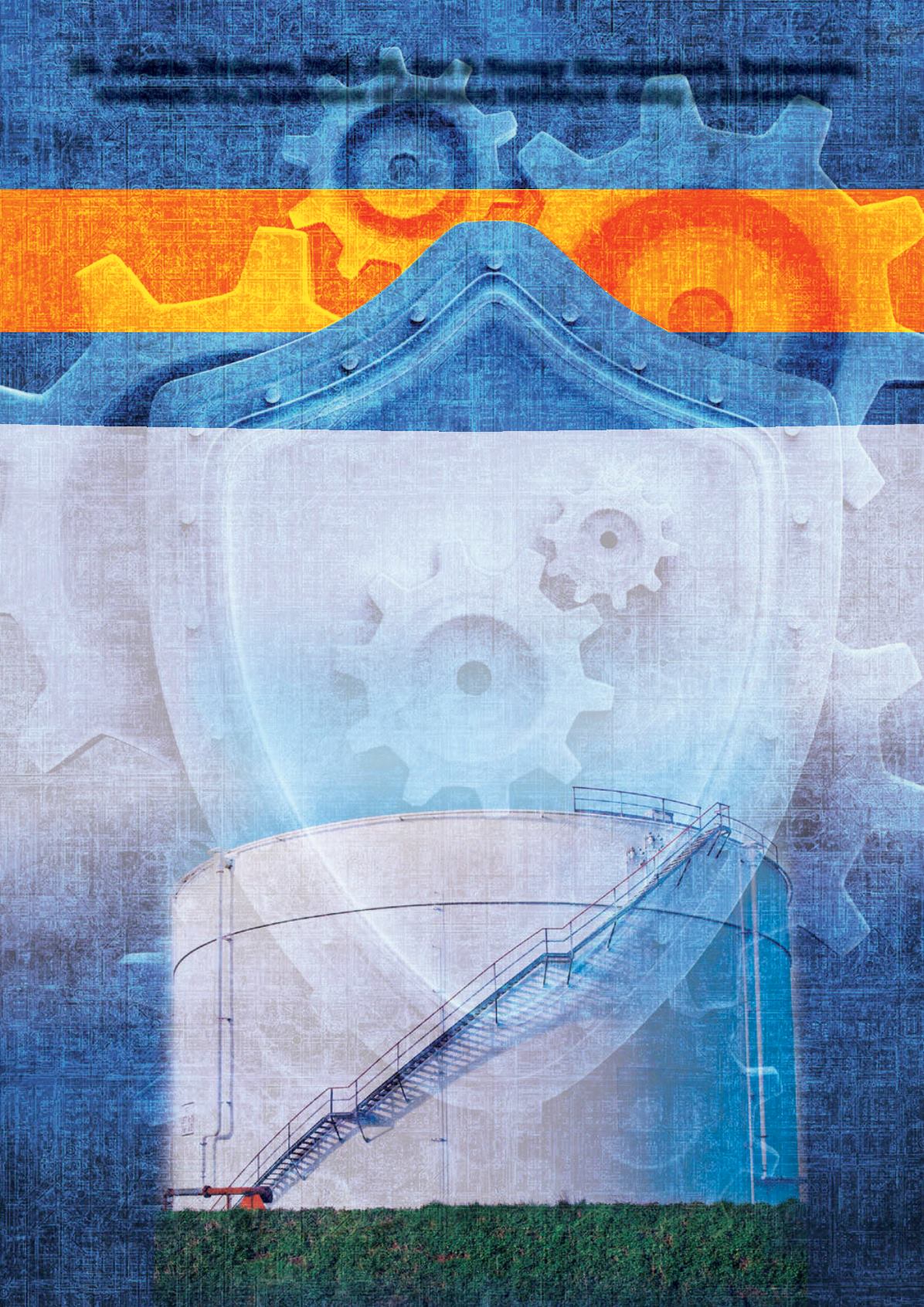
A defence
T
he oil and gas industry has always served to be one
of the largest industries in the world. It includes the
global processes of exploration, extraction, refining,
transportation (often by oil tankers and pipelines)
and marketing of petroleum products. The largest volume
products of the industry are fuel oil and gasoline (petrol) and a
big part of it is storage. Be it crude oil, petrol, gasoline, HSD or
anything in between, they have to be stored in a tank before
being transported, distributed, treated, converted, refined or
consumed.
Another important part is transportation. A pipeline, be it
short or a very long cross-country one, has to be leak-proof.
The tiniest leaks can result in losses over thousands of dollars
or may lead to severe accidents and health hazards.
What is hydrotesting?
Hydrotesting is a method of checking for leakage in a tank or
pipeline by filling it with water and allowing the water to stay
for some time at a given pressure.
Hydrotesting is important to check leakage or weak spots
in a tank or pipeline. After the construction and erection
of tanks and pipelines in the oil and gas industry, there is a
requirement for the tanks or pipelines to be hydrotested to
verify that they are leak-proof and fit for containing oil. The
tanks are required to be filled to a pre-calculated level to
replicate the pressure conditions that the tanks have to endure
when they are filled with oil. The tanks are then required to
maintain this loaded state for a certain period of time before
being drained.
Dr. Jacobs Mathew, PhD, Oil, Gas & Energy Management, Indonesia,
considers the importance of corrosion inhibitors during hydrotesting.
MECHANISM
77


